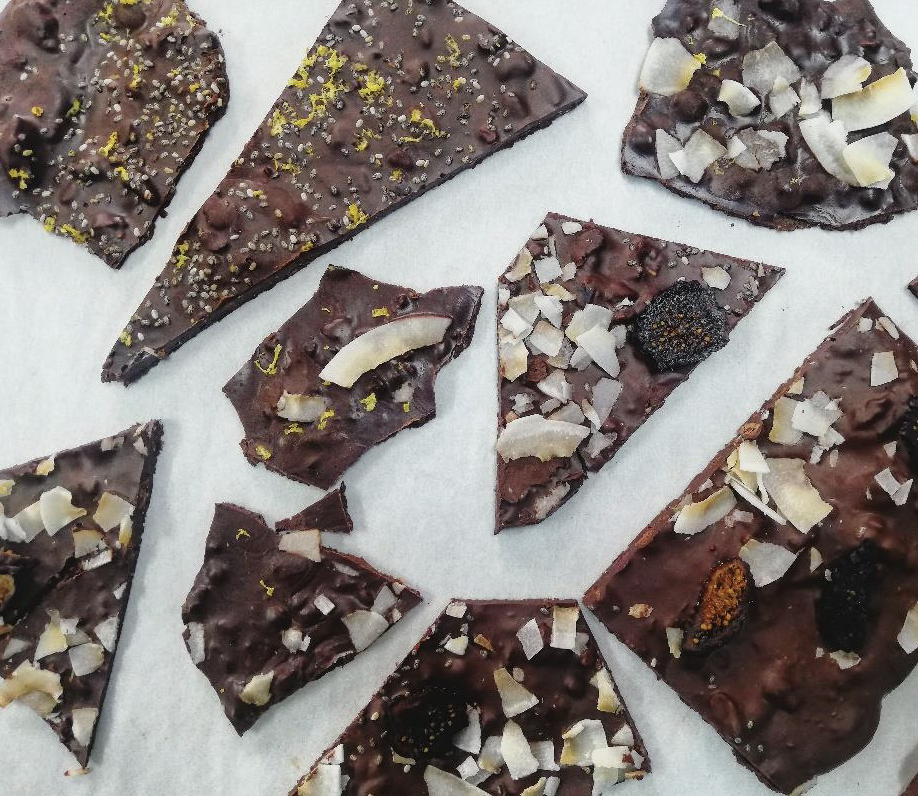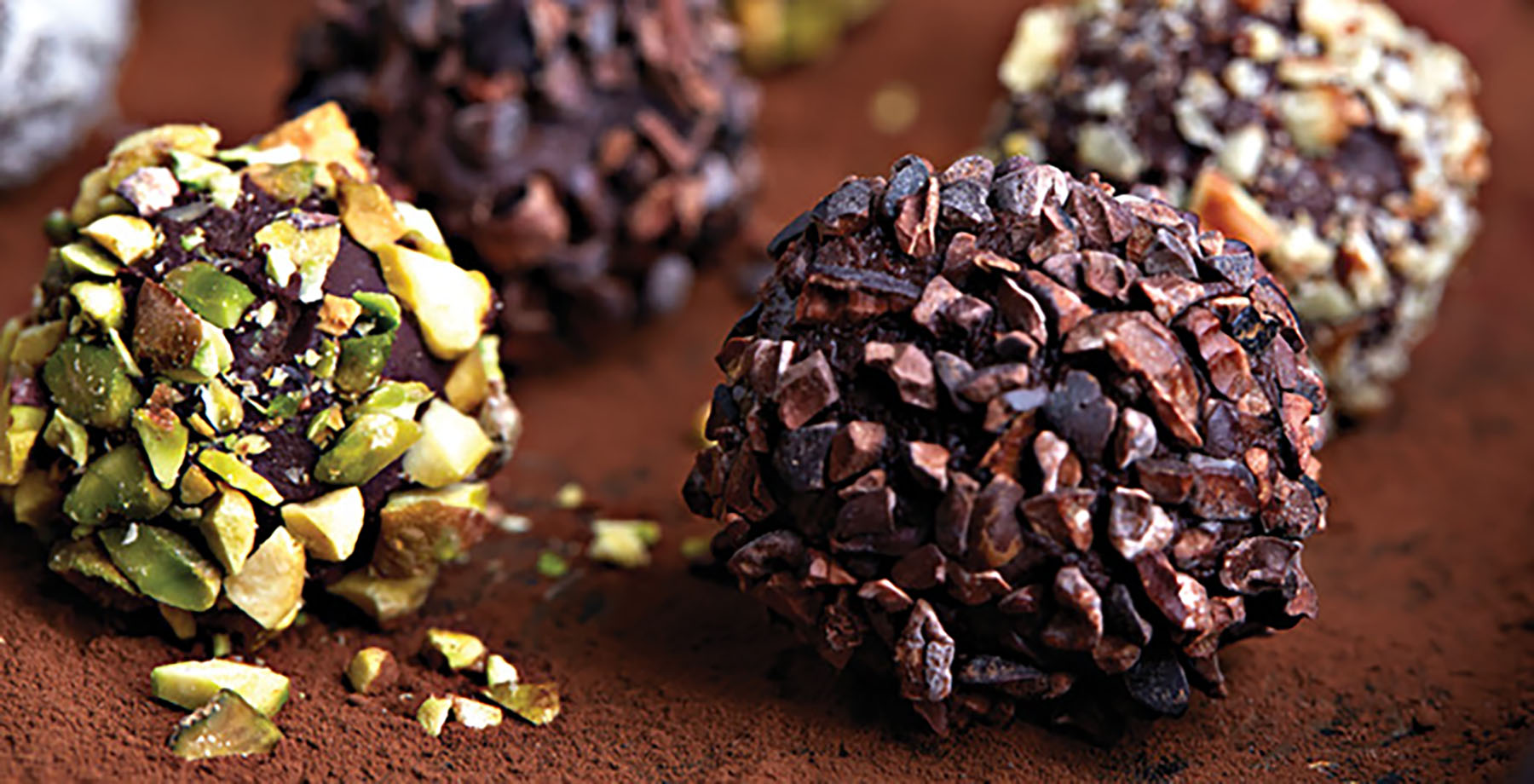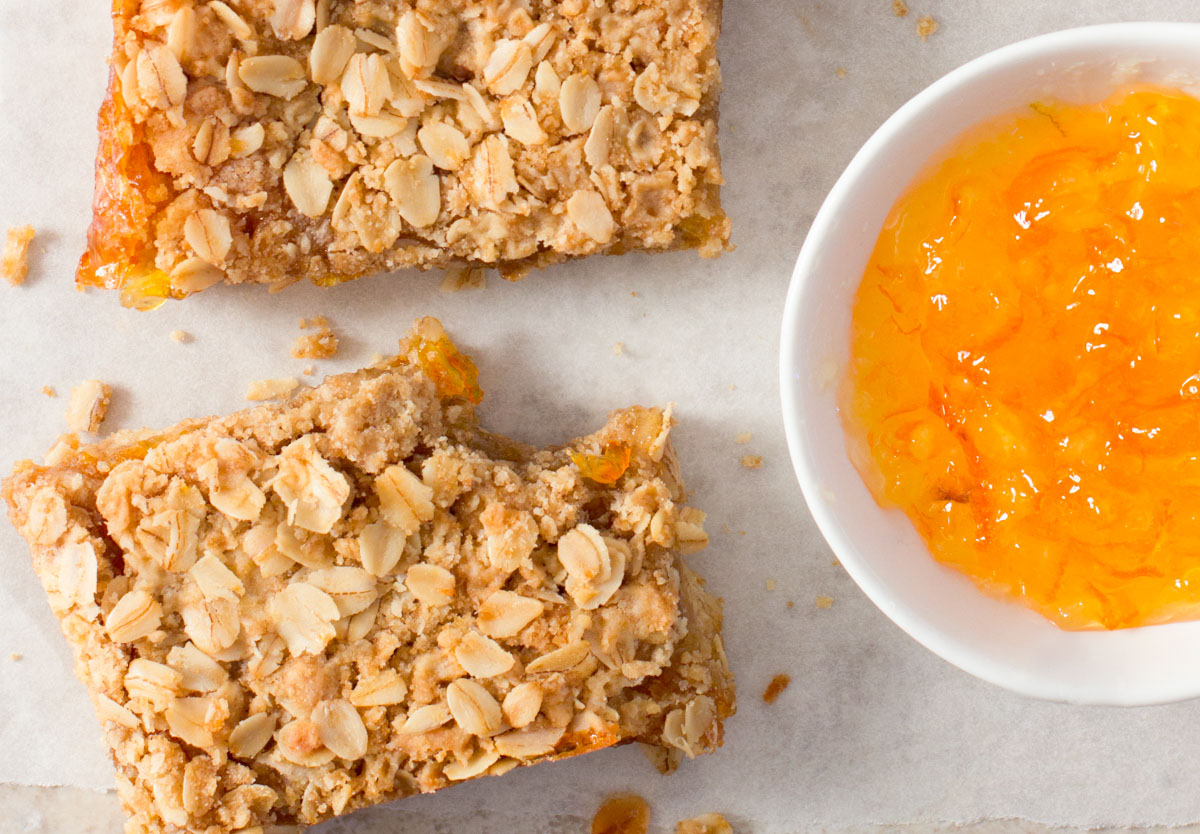Su-Mei’s Vegetable Stock

My stay in a Tibetan Buddhist monastery in India came to an abrupt end, when I had to return home to the United States two days before the Indian government banned all air travel because of the coronavirus. Aside from a care package sent by a friend to help ease the shock of my sudden return, my kitchen was totally empty.
As I reconnected remotely with my friends over the next days, I heard how sad it is for them to live this new way of life, secluded and unable to go about doing what once was normal and routine. Cooking, once viewed as being so time consuming is now a savior. It is not only a necessary routine, but also rewarding. Therefore, gather your loved ones together to cook and share your creations.
As you do, my gentle reminder is to evaluate what you truly need versus what you dream of having, and then try your best not to go shopping so often. Many could be cooking for the first time, searching for recipes online and then trying to find the ingredients either by shopping personally or online. I gently nudged my friends, why not try to cook simply with the essentials you already have at home instead of seeking esoteric recipes and ingredients.
Vegetable stock is a healthy and delicious way to add to cooked rice, soup or pasta sauce variations. It is easy and no recipe is needed. It is a great way to reduce waste too.
Here is what I do:
When I prep vegetables, I wash them first. I put the discarded parts in a strainer in the sink, rinse and dry them before putting them in a sealed plastic bag. This might include onion, garlic, and ginger peels; tomato tops, fresh chili stems, browned and wilted celery stems, hard and old broccoli stems, browned old mushroom caps and stems, potato peels as well as fresh herbs such as cilantro, parsley, mint and basil stems. In a couple of days, I can have up to 2 cups, enough to make stock.
Place the vegetable discards in a good size stockpot. A rule of thumb is double the amount of water plus another cup. For example, for 2 cups of tightly packed vegetables, I add 5 cups of water. A couple of pinches of salt and pepper. More can be added when I use it later. Then, I set it to boil at high heat until it comes to a vigorous boil. Like an ancient Thai cook would advise, the stock needs gentle cooking like a quiet stream not a raging river. Therefore lowering the heat to medium low would do just that. In 30 to 45 minutes, the kitchen exudes a wonderful fragrance. It is time to check the stock as the liquid turns the color of dark brewed tea. Vegetables soften to almost mushy. If I want a deeper flavored stock, I will let it continue to cook up to an hour before straining it into another large measuring cup for easy pouring later. This recipe makes about 2 cups of stock.
Once it is completely cool, I transfer it into a glass container with a lid and refrigerate. If I am not planning to use it right away, I freeze it in several glass containers with lids or heavy-duty plastic sealed bags to freeze. Several days later, I transfer the stock I need from the freezer to the refrigerator to thaw before using it for cooking and flavoring countless dishes.
Here are some ways to use this this wonderful stock:
- Add the stock instead of water while cooking rice.
- Substitute the liquid listed in any recipe for stews, soups, polenta or pasta sauce with the stock.
- Use it to dilute when reheating stews, noodle dishes or sauces.
- Simply heat up a cup and drink like tea to refresh and revitalize your energy. If you have lime or lemon, an extra squeeze adds wonders.
- Passover is coming soon. Make Matzo ball soup with the stock or for Easter leftover ham bones cooked with the stock and vegetables would make a delicious soup. Chicken and dumplings with the stock would be tasty too.
Note: You can turn the vegetable stock into meat stock by adding chicken remnants you would normally discard such as fats, skin, neck, etc. Meat bones of all kinds, including fresh fish bones are good too.
Vegetable discards before cooking will keep well in the refrigerator up to 3 to 4 days before turning into compost. Then instead of feeding you and loved ones, it will be a feast for worms.
May the blessings of loving-kindness embrace you and keep you safe and your mind at peace.
 Su-Mei is the owner of Saffron, the first Thai restaurant in San Diego. For the past 22 years, she has returned to her native Thailand at least once a year to learn, collect and record recipes from “old-timers.” She is a food historian, teacher and writer whose articles have appeared in numerous food magazines and journals. She has written two cook books: “Cracking the Coconut” and “Asian Grilling.” “Cracking the Coconut” won the Julia Child Award. Her third cookbook “Elements of Life” was published in October 2009. Her latest project is leading a crusade to rally people back to the joy of cooking. This past November, she returned to Thailand and helped a friend found a culinary center for children and adults called Prem Center, Organic Cooking Academy by Su-Mei. The goal is to teach students how to plant, harvest and cook seasonal plants using ancient Thai self-sustainable planting methods, as well as traditional cooking techniques and recipes.
Su-Mei is the owner of Saffron, the first Thai restaurant in San Diego. For the past 22 years, she has returned to her native Thailand at least once a year to learn, collect and record recipes from “old-timers.” She is a food historian, teacher and writer whose articles have appeared in numerous food magazines and journals. She has written two cook books: “Cracking the Coconut” and “Asian Grilling.” “Cracking the Coconut” won the Julia Child Award. Her third cookbook “Elements of Life” was published in October 2009. Her latest project is leading a crusade to rally people back to the joy of cooking. This past November, she returned to Thailand and helped a friend found a culinary center for children and adults called Prem Center, Organic Cooking Academy by Su-Mei. The goal is to teach students how to plant, harvest and cook seasonal plants using ancient Thai self-sustainable planting methods, as well as traditional cooking techniques and recipes.


